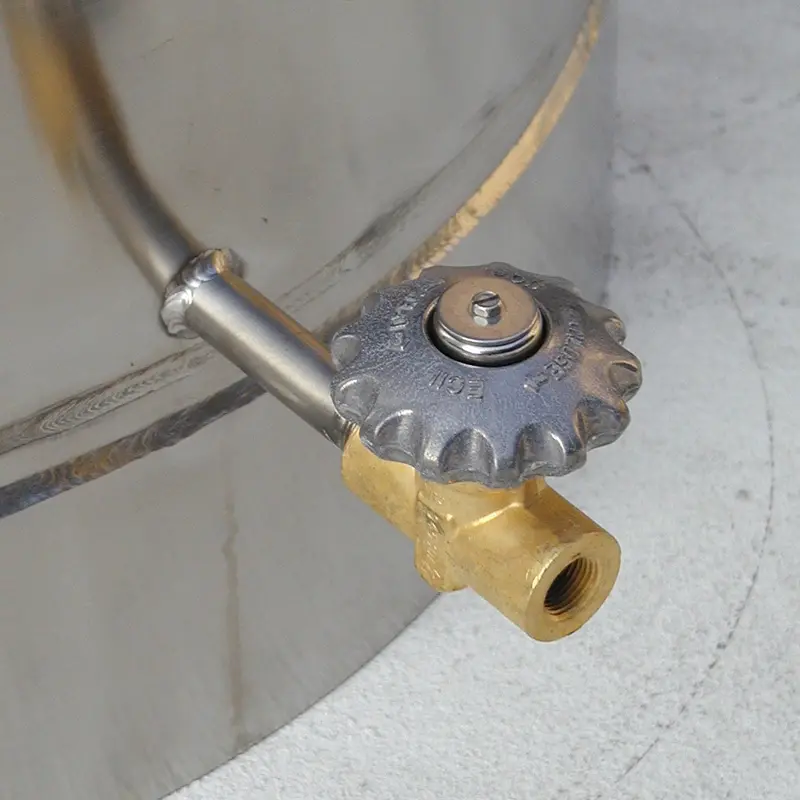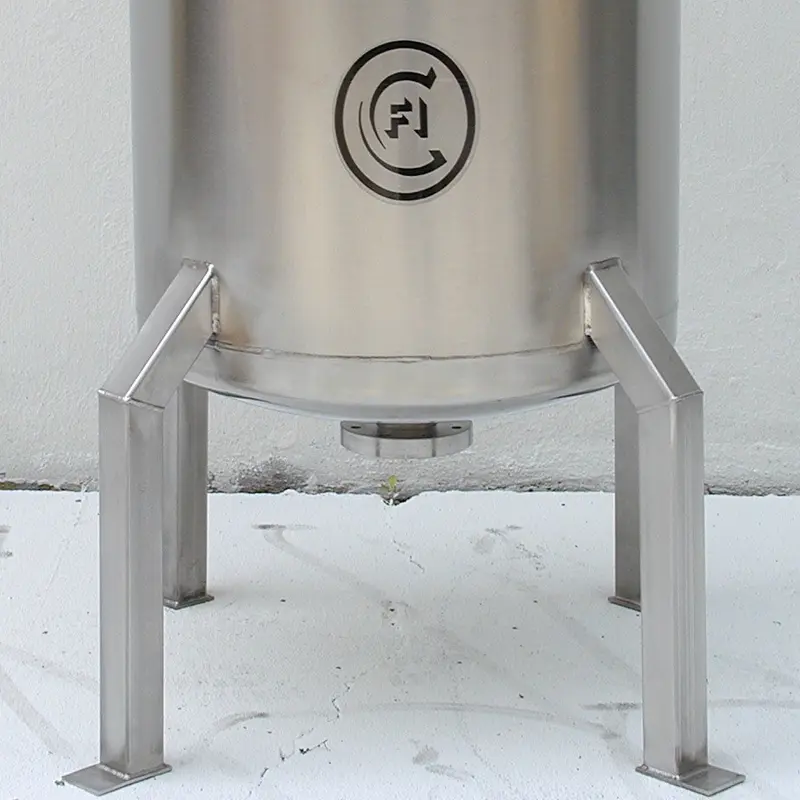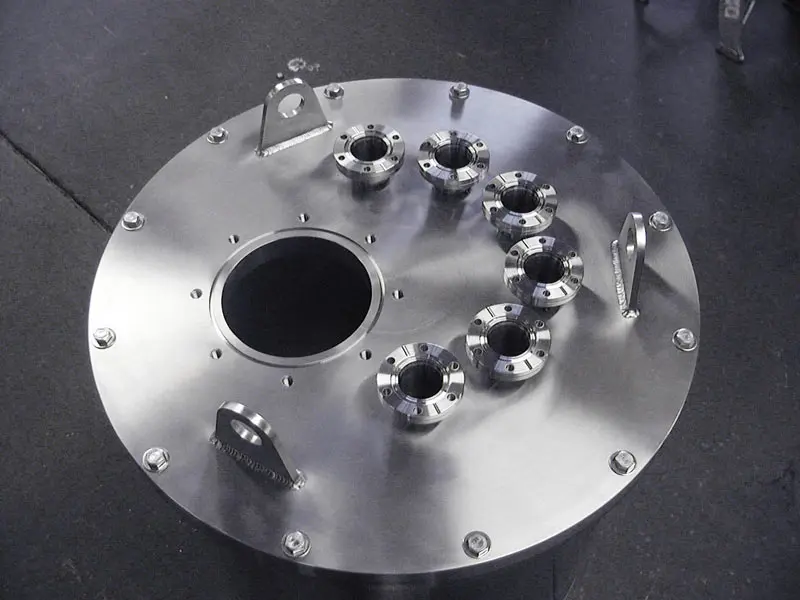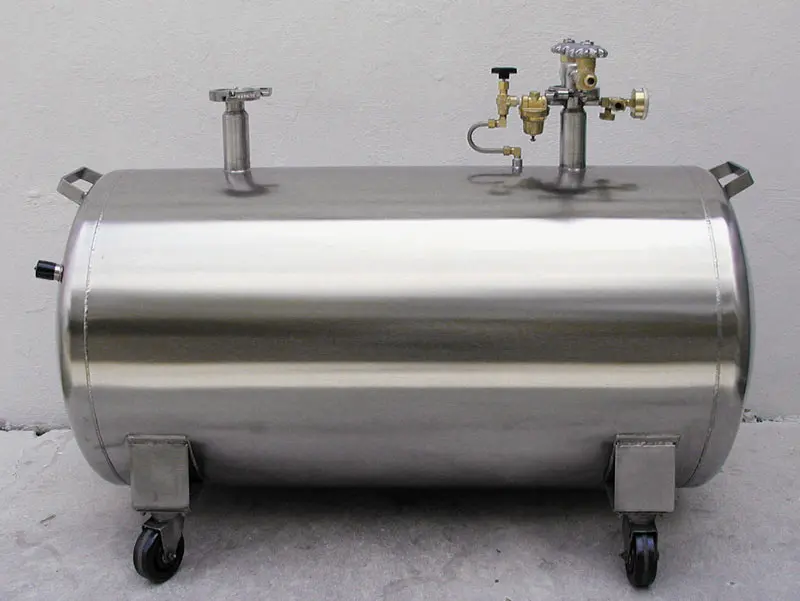Frequently Asked Questions
The experts from Cryofab explain how dewars work and go into detail about designing a custom cryogenic dewar container.
A dewar container—sometimes called a dewar flask or dewar—is a vessel with a vacuum space between a cold liquid and the outside walls of the vessel. One common type of dewar container is a thermos that you might use to keep drinks cold. Sir James Dewar developed liquid hydrogen more than 100 years ago, and in 1892 he designed a container to keep the liquified gas cold long enough to study. A dewar can be very simple, with double walls and an open mouth. Dewars built for specific uses can have features like lids, inlets, outlets, valves, and gauges.

Because the vacuum space is a good insulator, dewars keep super-cold liquids from turning back into gases. For instance, liquid nitrogen “boils off” or changes from a liquid to a gas at −320 °F (77K, −195.79 °C). Liquid helium boils off at an even lower -452.1°F (4 K, −269 °C).
Cryogenic dewars store, dispense or transport cryogenic gases like liquid nitrogen, liquid oxygen, liquid helium, and liquid hydrogen. Here are a few of the many uses of dewar containers.
- A researcher might use a dewar to dispense liquid nitrogen or helium for an experiment.
- There are dewars made specifically for studying superconductivity.
- Dewar containers store embryos for fertility treatments.
- Truck-mounted dewars with specialized hoses deliver oxygen for in-home use.
- Portable dewars with casters and handles dispense cryogenic liquids across a factory or lab.



At Cryofab we start with one of our standard designs, like the CF Series cryogenic dewar flask. These dewars are based on a tried-and-true design and have updated vacuum technology. A dewar can be built in any capacity from 50 to 5000 liters and configured to serve in unlimited applications.
For dispensing, consider these options.
- Built-in fill lines
- Side inlet/outlets
- Autofill systems
- Bottom drains
- Cover plates
To view and measure contents, we can add
- Built-in level sensor lines
- Viewports
- Level controllers
For safely transporting liquid gases, select these
- Caster mounting
- Handles
- Lifting lugs




Cryofab’s custom dewar containers have found their way from the lab into the outer reaches of industry and many other technology sectors. This does not begin to scratch the surface as to the many different configurations that have been fabricated for these dewars over the years. Answers to these questions will guide the design and fabrication to make the perfect dewar flask for any application.
- How is this container going to be used?
- Which liquid gas is the container for?
- What are the dimensional requirements? Capacity? Inside opening? Depth?
- Are there pressure requirements?
- Do you require a flanged top termination?
- Will the container be incorporated into a product to be sold?
- What performance do you need from the dewar to meet the requirements of your application?
Download our free guide to custom dewar design and fabrication
Options for Cryogenic Dewar Flasks / Dewar Containers











